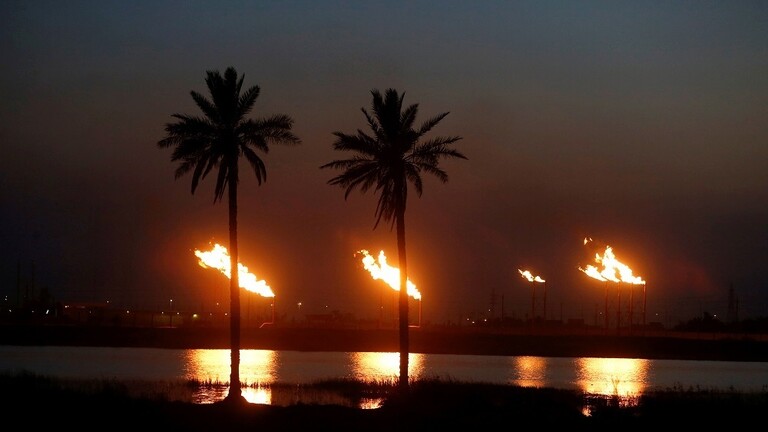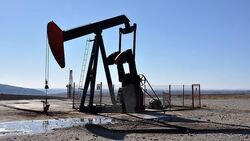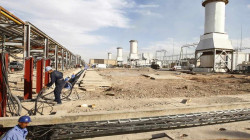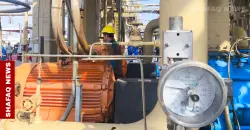Large Methane Cloud in Iraq Coincided With Gas Pipeline Leak

Shafaq News / A pipeline run by the Oil Pipelines Company leaked liquefied petroleum gas on July 20 in Iraq, where a large plume of the super-potent greenhouse gas methane was found.
According to a government company official who confirmed the leak, the accident lasted less than a few hours and did not release any methane. Liquefied petroleum gas is composed largely of propane and butane, but often also contains small amounts of methane and ethane. It is shipped as a liquid in pipelines and turns into a gas at normal atmospheric temperature and pressure.
The methane cloud was detected by Paris-based geoanalytics firm Kairos SAS, which analyzes satellite data from the European Space Agency to track emissions. It occurred approximately 140 kilometers (87 mi) west of Basra. Kairos estimated that the release occurred at a rate of 73 tonnes of methane per hour; It cannot determine the duration of a release based on a single satellite observation.
According to the International Energy Agency, Iraq is one of the world’s top oil producers and last year was the fifth largest emitter of methane among a select group of its peers. The greenhouse gas is 80 times more potent than carbon dioxide if released directly into the Earth’s atmosphere in its first few decades. Stopping leaks is one of the most important things that can be done to slow global warming that has already reached dangerous levels.
The official said the protocol of the oil pipeline company is to shut down the pipeline when a leak occurs and get it fixed immediately. The July plume followed two other methane observations on June 23 and June 24 in Iraq, located approximately halfway between Basra and Baghdad, with estimated emissions rates of 181 and 197 tonnes of methane per hour, respectively. According to Kairos, the two plumes were found at the same location on consecutive days, which suggests they were part of a single event lasting 24 hours or more.
If the release remains at 180 tonnes of methane per hour for 24 hours, it will have the same planet-warming effect as the average annual emissions of more than 200,000 cars in the UK, other than the oil pipeline company Thicker Oil Company. The other major company that owns Iraq’s fossil-fuel infrastructure in that area. It said the releases were not from its operations. An official in Iraq’s oil ministry said the rust could have been caused by releases from pipelines, as well as illegal exploitation by unauthorized parties.
Satellite detection of methane plumes from natural gas supply chains has revealed greater climate impacts than previously thought from fossil fuels long promoted by producers as a bridge to renewable energy. According to the report of the United Nations Intergovernmental Panel on Climate Change published earlier this month, drastic reduction in methane emissions is considered one of the cheapest and easiest ways to slow the rise in global temperature.
Several studies show that methane emissions from oil and gas infrastructure are often higher than operators and governments report. Previous Businesshala Green reporting on methane plumes based on Kyros data has led to public approval of releases from Kazakhstan and Russia. Public and private satellite data are helping to spot methane plumes in countries including Canada and Australia.
Source: Bloomberg





